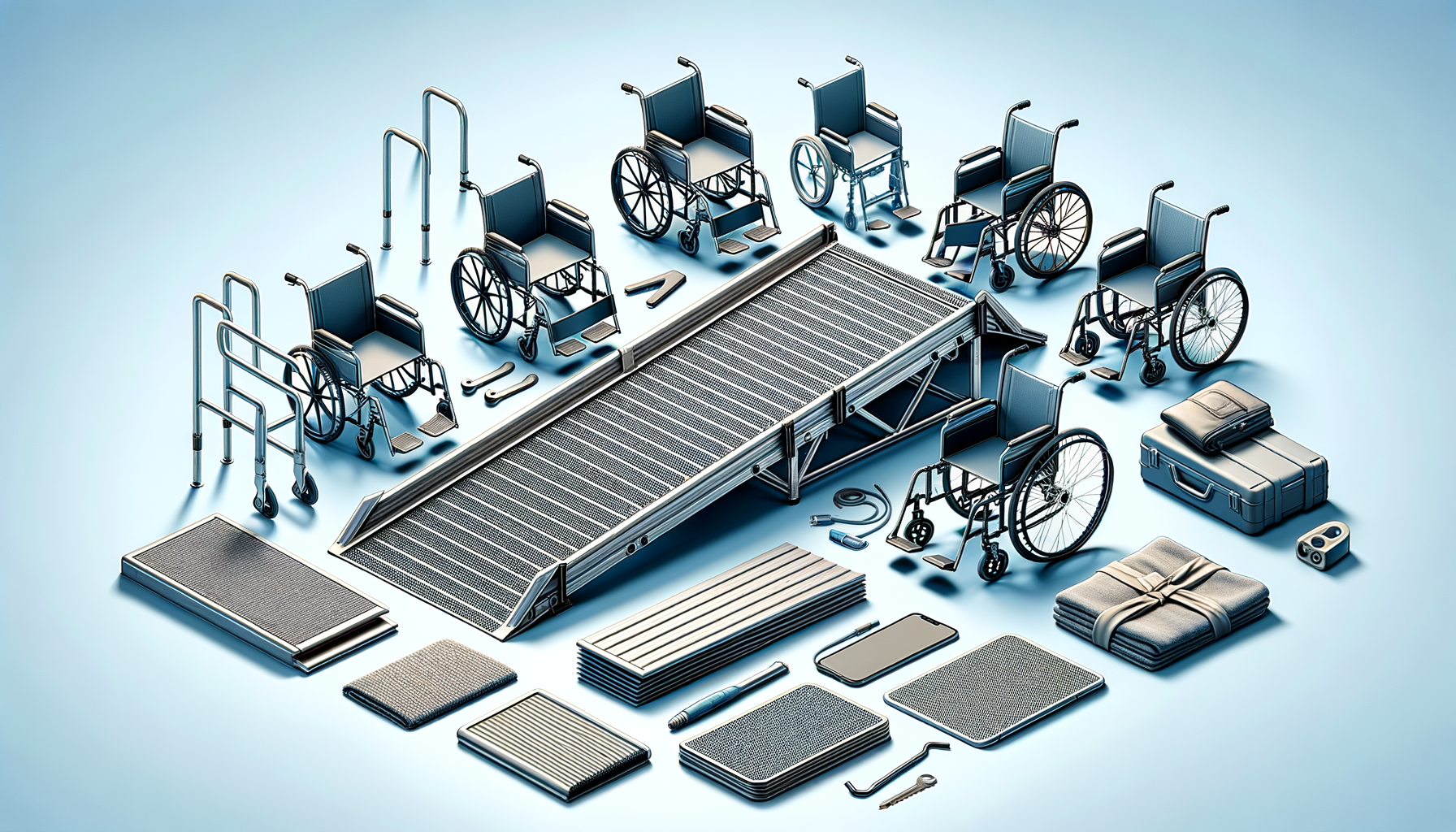
A Guide to Portable Handicap Ramps
Introduction to Portable Handicap Ramps
Portable handicap ramps play a crucial role in enhancing mobility for individuals with disabilities. These ramps are designed to be easily transported and set up, providing access in situations where permanent ramps are unavailable. They are essential in promoting independence and ensuring accessibility in various environments, from homes to public spaces. Understanding the importance and versatility of portable ramps is key to fostering inclusive communities.
Types of Portable Handicap Ramps
Portable handicap ramps come in several types, each suited for different needs and settings. Some common types include:
- Folding Ramps: These are compact and can be folded for easy transport and storage. They are ideal for short-term use and can be quickly deployed when needed.
- Telescoping Ramps: These ramps can be extended to various lengths, making them versatile for different height requirements. They are often used for vehicles or short staircases.
- Threshold Ramps: Designed for small elevation changes, threshold ramps are perfect for doorways or small steps, providing a smooth transition for wheelchair users.
- Roll-up Ramps: These ramps can be rolled for easy storage and are lightweight. They are suitable for temporary use in different locations.
Each type of ramp offers unique benefits, and choosing the right one depends on the specific needs and circumstances of the user.
Materials and Durability
Portable handicap ramps are constructed from various materials, each offering different levels of durability and weight capacity. Common materials include:
- Aluminum: Known for its lightweight and rust-resistant properties, aluminum is a popular choice for portable ramps. It offers a good balance between portability and strength.
- Steel: While heavier than aluminum, steel ramps provide exceptional strength and are ideal for heavier loads. They are often used in more permanent or semi-permanent settings.
- Fiberglass: This material is lightweight and non-corrosive, making it suitable for use in various weather conditions. Fiberglass ramps are easy to handle and durable.
When selecting a ramp, it’s important to consider the material based on the user’s needs, the environment in which it will be used, and the frequency of use.
Benefits of Portable Handicap Ramps
Portable handicap ramps offer numerous benefits that enhance the quality of life for individuals with mobility challenges. Some of these benefits include:
- Flexibility: These ramps can be used in multiple locations, providing access wherever it is needed. They are particularly useful for travel and temporary access solutions.
- Independence: By facilitating access to various environments, portable ramps empower users to move freely and independently.
- Cost-Effectiveness: Compared to permanent ramps, portable options are often more affordable and do not require structural modifications to buildings.
- Ease of Use: Portable ramps are designed for quick and easy setup, allowing users or caregivers to deploy them with minimal effort.
These benefits make portable ramps an invaluable tool for enhancing accessibility and supporting the independence of individuals with disabilities.
Considerations for Choosing a Portable Handicap Ramp
When selecting a portable handicap ramp, several factors should be considered to ensure it meets the user’s needs:
- Weight Capacity: Ensure the ramp can support the weight of the user and their mobility device.
- Length and Slope: The ramp should be long enough to provide a gentle slope for safe use. The recommended slope ratio is typically 1:12, meaning one foot of ramp length for every inch of rise.
- Surface Texture: A non-slip surface is crucial for safety, especially in wet conditions.
- Portability: Consider the weight and foldability of the ramp for ease of transport and storage.
By taking these factors into account, users can select a ramp that provides safe and reliable access in their daily lives.
Conclusion: Enhancing Accessibility with Portable Handicap Ramps
Portable handicap ramps are a vital resource for promoting accessibility and independence for individuals with mobility challenges. By understanding the different types, materials, and benefits of these ramps, users and caregivers can make informed decisions to enhance accessibility in various settings. As society continues to prioritize inclusivity, portable ramps will play an increasingly important role in creating environments that are welcoming and accommodating to all individuals.


